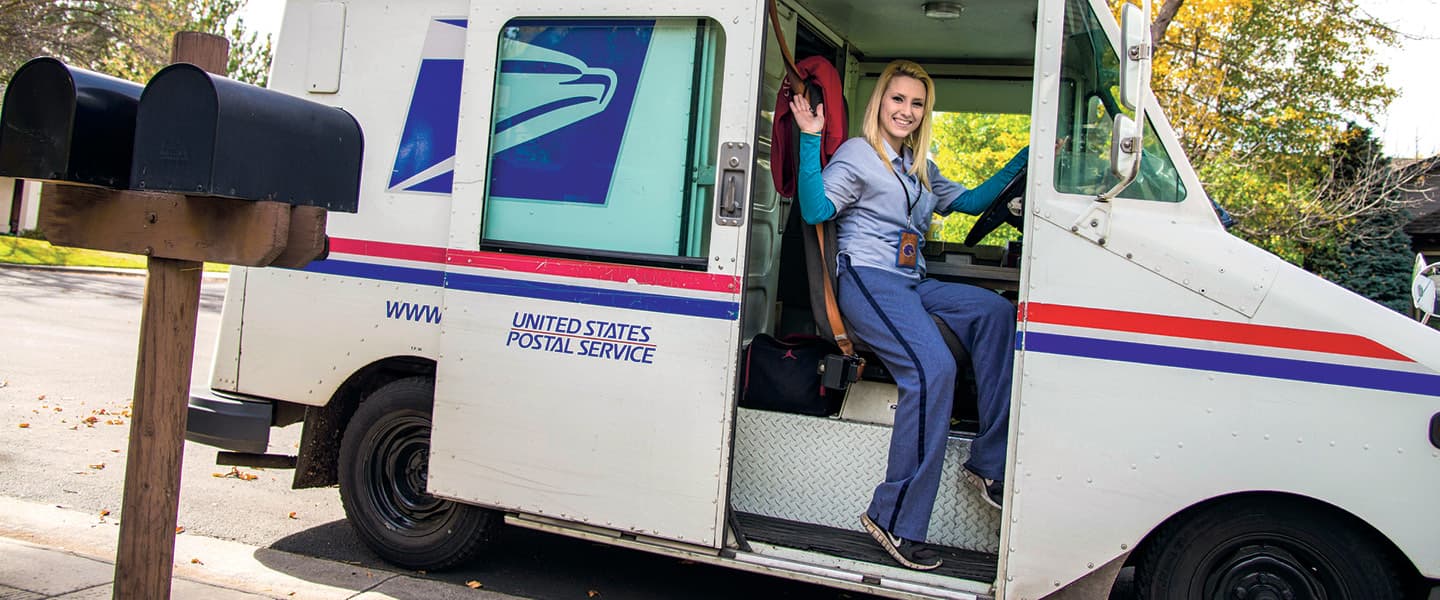The U.S. Postal Service is a vital part of the fabric of our country and important to our economy. Every day, postal workers sort, transport, and deliver 425 million pieces of mail.
Despite the popularity of email and text messaging, the post office remains the heart of many communities. It’s essential to commerce: People rely on the postal service for the speedy delivery of online purchases, medicines, local newspapers, bills, letters, and invitations. Secure and convenient voting by mail has become an essential part of the election process for voters of all ages.
Why must the post office remain a public service? Because it does something no private delivery company like FedEx and UPS would ever do: It serves 164 million addresses, in every city and town across the country, including unprofitable routes in isolated rural areas and low-income neighborhoods, all with reasonable and uniform rates.

